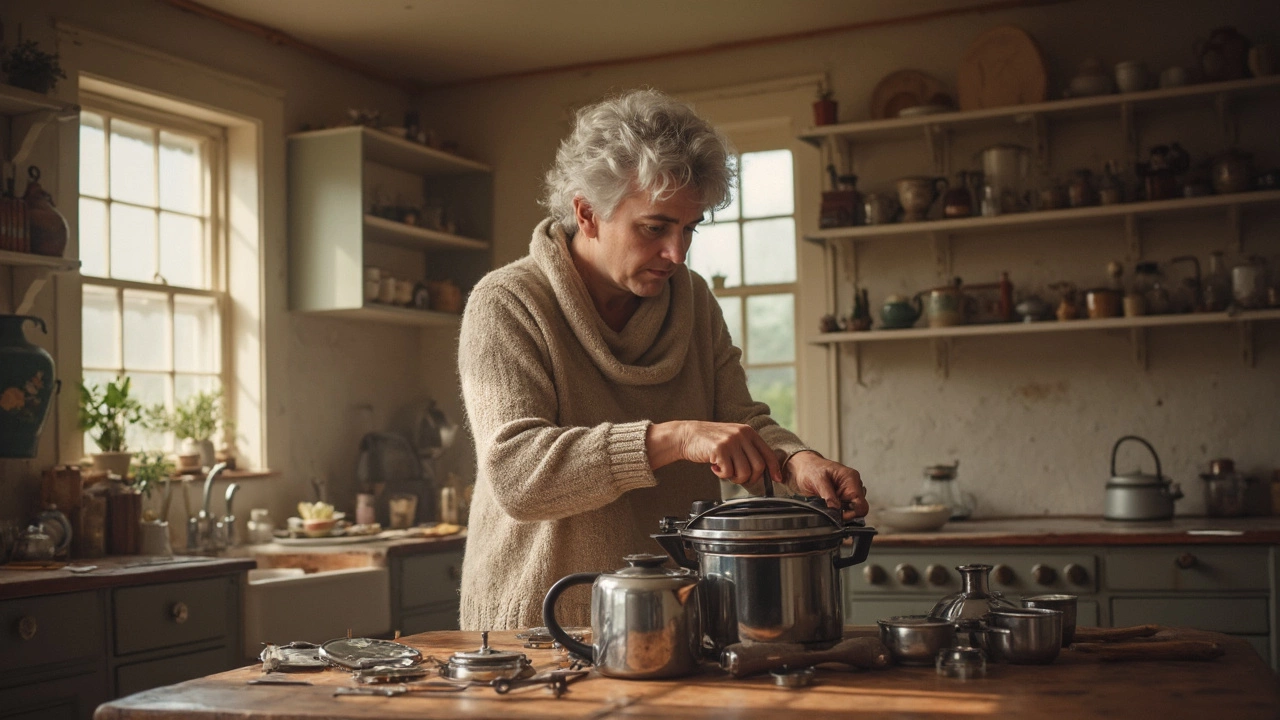Cooker Troubleshooting Guide: Quick Fixes for Common Kitchen Problems
Got a cooker that’s acting up? You’re not alone. Most kitchens face hiccups – uneven heat, a stove that won’t light, or an oven that won’t heat up. The good news is many of these issues are easy to spot and often fix yourself. Below you’ll find the most common cooker faults and step‑by‑step checks you can do before dialing a repair service.
Spot the Symptom, Find the Cause
First, write down exactly what’s happening. Is the burner not igniting at all? Does the oven stay cool even after an hour? Knowing the symptom helps narrow the cause. For electric cookers, the problem often lies in the heating element or the power connection. For gas models, a clogged burner or faulty igniter is the usual suspect.
1. Burner won’t light (gas cooker) – Turn the knob to the ‘ignite’ position and listen for a click. If you hear a click but no flame, the igniter may be dirty or broken. Clean the igniter tip with a soft brush and a little vinegar. If it’s still silent, the safety valve might be stuck – that’s a job for a qualified technician.
2. Burner glows but no flame (gas cooker) – This means the spark is working but gas isn’t reaching the burner. Check that the gas supply valve is fully open. If it is, the burner ports could be clogged with food debris. Remove the burner, soak it in warm soapy water, scrub the holes, and re‑install.
3. Oven stays cool (electric or gas) – For electric ovens, the heating element is the first thing to inspect. Look for visible cracks or black spots. A quick continuity test with a multimeter will tell you if the element is broken. For gas ovens, the same igniter rules apply – clean it, then test for spark.
4. Uneven heating (both types) – If one side of the oven is hotter than the other, the thermostat may be misreading temperature. Many modern ovens have a sensor you can clean with a damp cloth. If cleaning doesn’t help, the sensor might need replacement.
Simple Maintenance to Keep Your Cooker Happy
Regular care stops most breakdowns. Wipe spills right away – burnt food can block burner ports and cause faulty ignition. Every six months, run a deep clean cycle on the oven (use the low‑heat “self‑clean” if it has one) and scrub the stove tops with a non‑abrasive cleaner.
Check the power cord on electric cookers for fraying or loose plugs. A loose connection can cause intermittent heating, which looks like a faulty element. Tighten any loose screws and replace a damaged cord promptly.
For gas units, have the gas line inspected yearly by a professional. A small leak can affect performance and is a safety hazard.
If you’ve tried the above steps and the cooker still misbehaves, it’s time to call a local repair service. At Glastonbury Appliance Repair Services we specialize in cooker fixes – from igniter swaps to full oven overhauls. Our technicians arrive quickly, diagnose the issue, and give you a clear price before any work starts.
Remember, a little troubleshooting can save you a call and a fee. Keep a notebook of any quirks you notice, run the quick checks above, and you’ll know whether a DIY fix will do or a pro is needed. Happy cooking!

Can a Pressure Cooker Be Repaired? Essential Facts for Fixing Your Cooker
Pressure cookers can sometimes stop working just when you need them most, but does that mean you have to toss them? This article digs into what goes wrong in pressure cookers and whether you can fix them yourself. It covers how to find faults, what repairs are doable at home, and when it’s smarter to get pro help or go for a new one. You’ll also find helpful tips to make your pressure cooker last longer. If your cooker is giving you trouble, we're about to make things simpler.